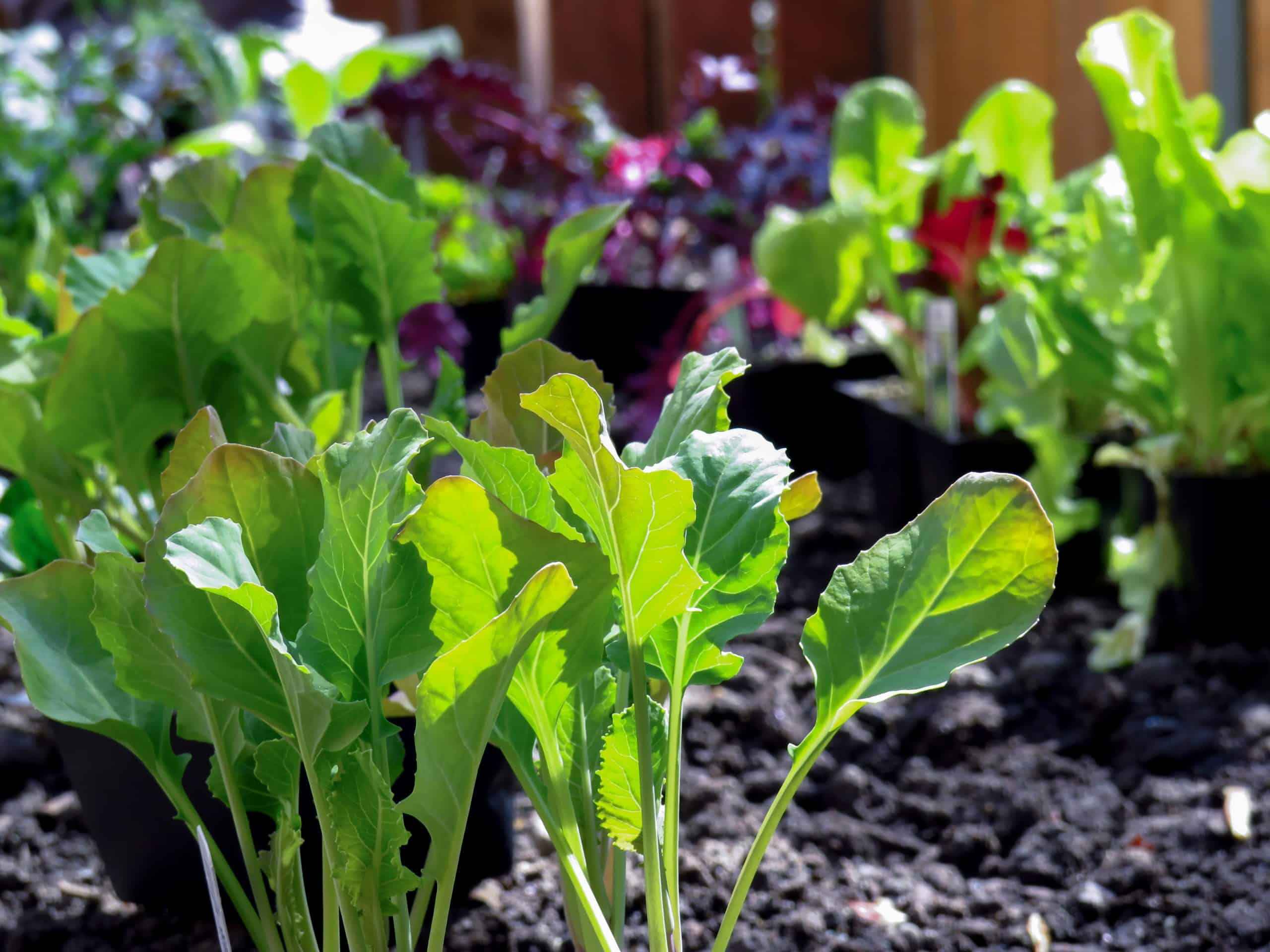What are the best techniques for growing an indoor vegetable garden?

Indoor gardening is rapidly becoming a popular hobby due to its numerous benefits. It is possible to grow your own fresh vegetables right in your living room, kitchen, or even a designated gardening room. The trick is knowing how to do it properly. In this article, we will guide you through the best techniques for growing an indoor vegetable garden. Let’s dive in.
Choosing the Right Containers
Before you begin planting, it’s important to choose the right type of container for your indoor garden. This can greatly impact the health and growth of your vegetables.
En parallèle : How can you make a rental property feel like home?
When choosing a container, remember that the size should be proportionate to the vegetables you intend to grow. For instance, root vegetables such as carrots or beets will require deeper pots compared to leafy greens like lettuce or spinach.
Also, ensure the containers have adequate drainage. Excess water in the pot can lead to root rot, which is detrimental to your plants. Opt for containers with holes at the bottom and place them on a tray or saucer to collect excess water.
A lire aussi : How to choose the right art for a minimalist home?
Furthermore, consider the material of your container. While plastic pots are lightweight and affordable, they might not provide the same level of insulation as clay or ceramic pots. If you’re growing plants that prefer cooler root conditions, consider going for clay or ceramic containers.
Selecting the Appropriate Soil
Choosing the right soil is equally important when it comes to indoor gardening. You need a soil that will offer the right nutrients and drainage for your indoor plants.
It’s advisable to avoid using outdoor soil for your indoor vegetable garden, as it can bring in pests and might not have the right pH balance for your plants. Instead, opt for potting soil, which is specially formulated for container gardens. It’s light, drains well, and usually has a mix of materials like peat moss, perlite, and compost that provide nutrients to the plants.
For vegetables, it’s best to go for a high-quality organic potting mix. Ensure it is enriched with the necessary nutrients for your plants. Additionally, you might want to add compost to your mix to supply extra nutrients.
The Importance of Light in Indoor Gardening
Light plays a crucial role in the growth of plants indoors. Plants utilize light in the process of photosynthesis, which helps them to grow and produce food. Therefore, providing adequate light to your indoor vegetable garden is of utmost importance.
While some plants can tolerate low light conditions, most vegetables require six to eight hours of sunlight per day. You can place your plants near a south-facing window where they can get maximum light. If you don’t have enough natural light, you can supplement it with artificial lights such as fluorescent or LED grow lights.
Remember, the type of light you use will depend on what you are growing. For instance, leafy greens can do well with less intense light, while fruiting vegetables like tomatoes and peppers need brighter light.
Watering and Feeding Your Plants
Proper watering and feeding are crucial for the growth of your plants. Overwatering is a common mistake many indoor gardeners make. It’s important to know that different plants have different watering needs.
Most vegetables prefer their soil to be consistently moist but not soggy. A good practice is to check the soil with your finger. If the top inch of soil is dry, it’s usually a good time to water.
When it comes to feeding, most indoor plants will benefit from regular fertilizing. Use an organic fertilizer that’s formulated for vegetables. Follow the manufacturer’s instructions on how much to use and how often to apply.
In conclusion, growing an indoor vegetable garden is a rewarding practice that offers numerous benefits. With the right containers, soil, light, and care, you can enjoy fresh vegetables all year round, right from your home.
Selecting the Ideal Vegetables to Grow Indoors
Finally, it’s important to choose the right vegetables for indoor gardening. These are typically plants that can grow well in containers and don’t require a lot of space. Some vegetables are especially well-suited for indoor growth.
Leafy greens like spinach, lettuce, and kale are great options for indoor gardens. They grow quickly, don’t take up much space, and don’t need as much light as fruiting plants.
Herbs are another great option for indoor gardens. Basil, parsley, dill, and thyme are all great choices that can grow well indoors.
If you have a bit more space, consider growing peppers, tomatoes, or even cucumbers. These plants can do well indoors, given the right conditions. However, they do require a bit more light, so make sure you can provide this, either through natural sunlight or a grow light.
Overall, it’s about choosing what works for you and your space. With careful planning and the right care, you can have a thriving indoor vegetable garden.
Utilizing Grow Lights for Indoor Gardening
In indoor gardening, one of the most essential elements for plant growth is light. Grow lights play a vital role in this process, providing the much-needed light source that indoor plants require to photosynthesize and produce their food.
Grow lights are specifically designed to emit a light spectrum conducive for plant growth. They’re ideal for areas where natural light is insufficient. For instance, if your indoor garden is situated in a room without a south-facing window, or during winter seasons when daylight hours are reduced, a grow light becomes an important tool for your indoor garden.
There are various types of grow lights available, and the choice will depend on the kind of vegetables you aim to nurture. LED grow lights are becoming increasingly popular due to their energy efficiency and longevity. These lights are particularly beneficial for fruiting vegetables like tomatoes and peppers that require a lot of light.
Fluorescent lights, on the other hand, are ideal for leafy greens and herbs due to their less intense light. They’re also more affordable and readily available.
In general, your indoor garden should have six to eight hours of light exposure daily. Hence, it’s necessary to monitor the amount of light your garden is getting and adjust accordingly to ensure your vegetables grow healthily.
Nurturing Indoor Plants in Different Seasons
Indoor gardening allows you to grow vegetables all year round. However, it’s worth noting that different times of the year might require different care routines for your plants.
For example, during winter, indoor temperatures might drop, and there could be less natural light available. In this case, you might need to adjust the room’s temperature and use grow lights to supplement the lack of natural light.
On the other hand, during the summer, the indoor temperature could get too high, which can affect the growth of your vegetables. Thus, it’s crucial to regulate the room’s temperature, ensuring it’s within the optimal range for the vegetables you are growing.
The soil can also dry out faster in the warmer months, so you might need to water your plants more frequently. However, be cautious not to overwater, as this can lead to root rot.
Also, remember to rotate your plants regularly to ensure all sides get even exposure to light. This will promote balanced growth and prevent your plants from leaning towards the light source.
In conclusion, nurturing an indoor vegetable garden entails careful planning and suitable care routines. From selecting the right containers and potting mix to providing adequate light and water, each step is crucial in ensuring your vegetables will grow healthily. With time and practice, you will undoubtedly reap the rewards of your efforts with a bountiful harvest. Regardless of the frost dates or the outdoor weather conditions, indoor gardening offers you the opportunity to enjoy fresh, homegrown vegetables all year round. So why wait? Start your indoor vegetable garden today!
